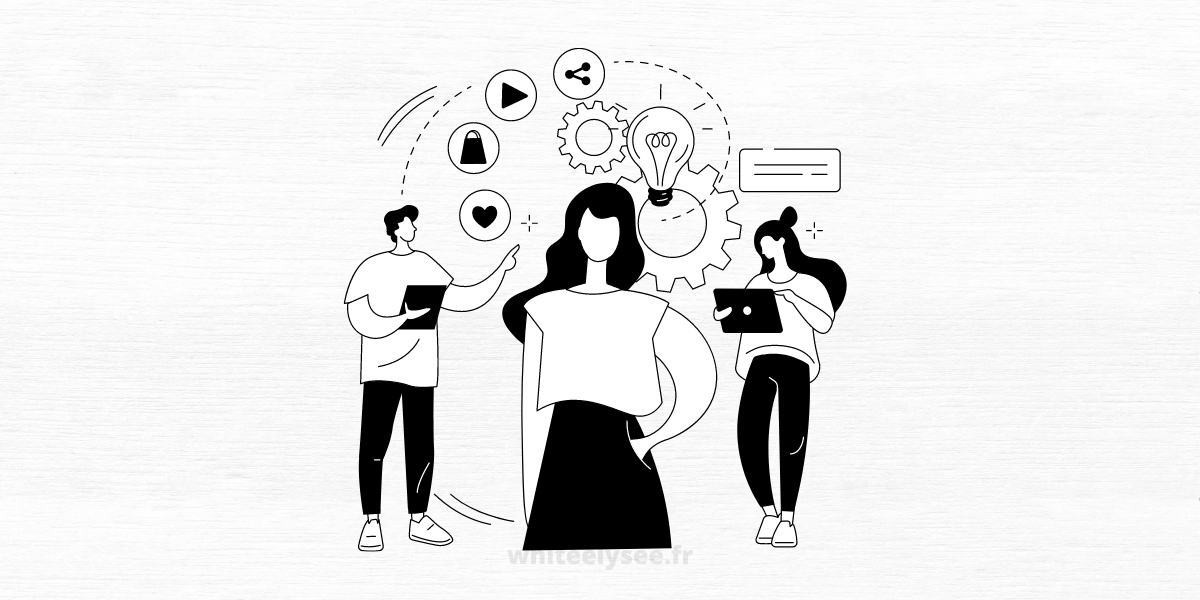
For a long, companies have been searching for ways to influence buyer behaviour. These keys are now closer to hand, thanks to neuroscience.
Studies of purchasing behaviour were once costly and challenging to interpret. However, the advent of computing power and enhanced imaging equipment has made these studies more mainstream.
These findings are the foundation of neuromarketing. Organizations use them to tailor their products and services to customers’ desires and needs.
Understanding Your Audience
Marketing and neuroscience share the common goal of understanding human behaviour.
This is a more general goal in neuroscientific terms, but for marketing, it has been the objective to understand the behaviour of the target market. This is key to increasing engagement and influencing buyer behaviour – this is what marketers must do.
It’s a crucial area for branding, product design, and advertising campaigns.
Buying is more emotional than rational.
One of the most critical findings from neuroscience is that buying is an emotional process. While this is not new, neuroscience is beginning to shed more light on how vital the emotional state is for the buying process.
Many decisions that we believe are rational, balanced, and well-thought-out aren’t. Recent research has shown that purchasing decisions are influenced by our emotional state.
The purchase of food, safety, and financial security is primarily biological or socio-economic needs.
Stress is causing the decision-maker to take action,
All of the ‘rational features’ of different options are identical
Neuroscience shows that even when we look at ‘rational features’, the value we attach to them is driven by our underlying emotions.
This means that we need to understand our customers’ emotional and rational needs when communicating with them.
What is Customer Anthropology?
Customer anthropology is a term that describes the neuroscience of buyer behaviour. This involves the study of customers in their natural buying environment or ‘habitat’.
It asks several fundamental questions.
What are customers’ buying habits?
Why choose one product over another?
What do they think of your products right now?
Besides this, more profound questions can be asked to uncover the emotional motivations behind purchase decisions.
What products are most likely to stimulate the pleasure centres of the brain?
What is the best way to make a product or service fit into their worldview, values, aspirations, and goals?
How can you tailor your products and services better to the needs and wants of customers?
How can you exert more influence on customers’ behaviour?
These are the questions that Samsung and Apple have been asking for years and the ones that the future’s most successful companies are asking.
Appealing to more than the rational centres of the brain will make a difference in how you communicate with your audience and impact buying habits. Marketing with the brain is a way to attract loyal and committed customers to your company.















Discussion about this post